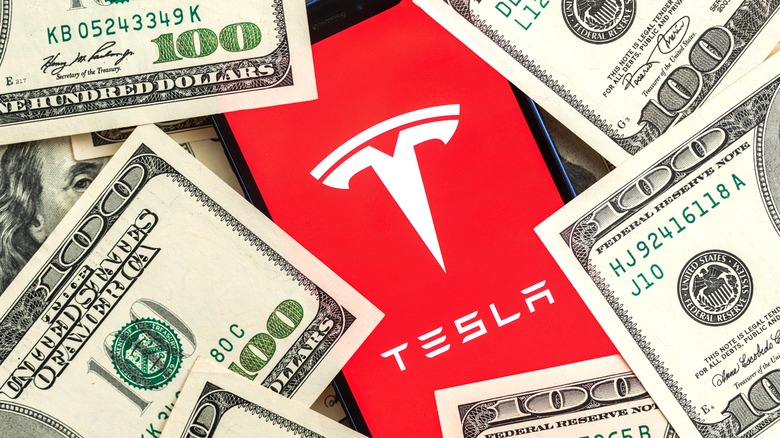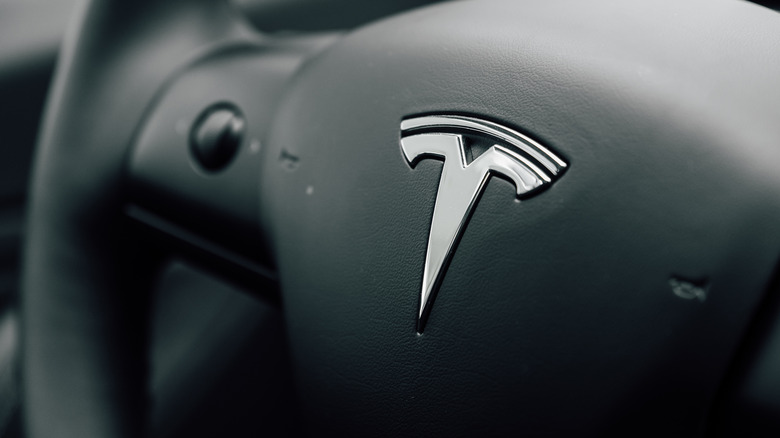The Tesla Model 3 Is About To Lose Its Federal Tax Credit - Here's Why
If your plans to buy an electric vehicle in the United States in 2023 centered around the allure of a $7,500 tax credit, new rules that came into effect with the Inflation Reduction Act may make you pump the brakes. The U.S. EV tax credit was designed to incentivize both the production and adoption of electric vehicles.
For consumers, the benefit is obviously the tax credit, effectively offsetting the cost of your purchase and making the vehicles cheaper in the long run. However, for the automakers to offer such perks for their customers, they must adhere to federal guidelines for manufacturing and material sourcing that would promote production efforts to remain within U.S. borders.
While policymakers continue meandering over the specifics — with some decisions potentially necessitating credit paybacks for certain buyers — Tesla purportedly shattered hopes for its cheapest vehicle preemptively. Elektrek reports that changes in the production pipeline for the Tesla Model 3 will likely disqualify its buyers from receiving any tax credits.
Tesla Model 3 will use batteries from overseas
According to the report, Tesla communicated to employees that it expects the new policy to be finalized by April 1 — at which point it expects buyers of its cheapest model, the Tesla Model 3, to be shunned from receiving the full tax credit. The forewarning was likely made to prepare employees to properly communicate these changes with anyone who is currently shopping or closing on a purchase.
Though the Tesla Model 3 is produced in California, it uses batteries that are largely manufactured in China. Specifically, it uses Lithium Iron Phosphate (LFP) batteries, which are likely cheaper to produce in China thanks to the country's access to the core commodities and materials needed to produce them. Those resources include graphite and lithium-ion, both of which China has in abundance.
To be clear, Tesla doesn't have to source batteries strictly from within the U.S. to keep its vehicles eligible, but any foreign supplier must be within countries that have free trade agreements, which would include the likes of Canada and Australia. Long story short, the Model 3 is as cheap as it is due to decisions like these, and Tesla may have determined that these upfront cost savings are more valuable for the market segment it's after.

